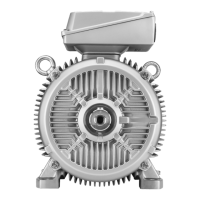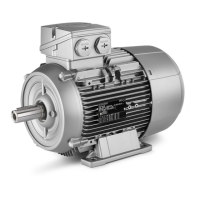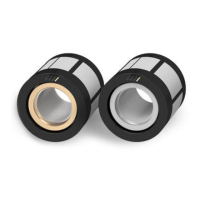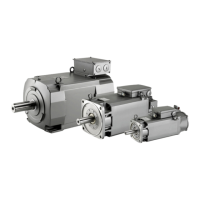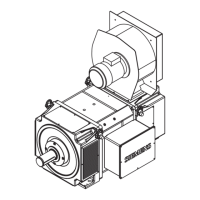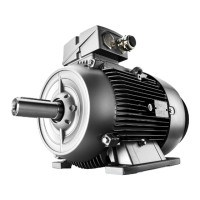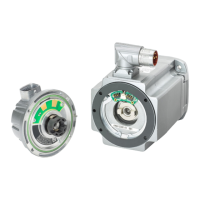Motor components and options
4.1 Motor components
1FN3 linear motors
98 Configuration Manual, 10/2018, 6SN1197-0AB86-0BP2
Malfunctions can occur e.g. for:
● Power failure
● Encoder failure, encoder monitoring responds
● Higher-level control failure (e.g., NCU); bus failure
● Control Unit failure
● Drive fault
● Faults in the NC
Braking and emergency stop concepts
The design and calculation of brake systems depends on the maximum kinetic energy, i.e.
on the maximum mass of the machine slide and its maximum velocity. The calculation can
therefore only be performed for a specific machine.
To ensure safe braking of the machine slide in the event of faults, adequately dimensioned
damping elements and devices must be used at the ends of the traversing paths. If there are
several slides on one axis, damping elements and devices must also be mounted between
the slides.
In order to reduce the kinetic energy of the slide before it hits the damping elements, the
following additional measures can also be applied (including in combinations):
1. Electrical braking using the energy in the DC link:
Consult the documentation of the drive system being used.
2. Electrical braking by short-circuiting the primary section (corresponds to an armature
short-circuit):
Also see the documentation of the drive system used.
Disadvantage:
The brake force depends on the speed (see the short-circuit braking
characteristic in the chapter: "Technical data and characteristics (Page 165)") Short-
circuit braking is not suitable to completely brake the slides.
If electrical braking by short-circuiting the primary section is used, special contactors are
required because the currents can be very high. The enable timing for the drive system
must be taken into consideration.
3. Mechanical braking via braking elements:
The braking capacity must be dimensioned as highly as possible so that the slide can be
safely braked at maximum kinetic energy.
Disadvantage:
The relatively long response time of the brake control system leads to
long, unbraked traversing distances.
We recommend that all three measures be implemented together. Measures (2) and (3) are
used as an additional protection here in case Measure (1) fails: The short-circuiting of the
primary section works at high velocities first and then the mechanical brake takes effect at
lower velocities.
You will find the recommended manufacturers in the appendix.

